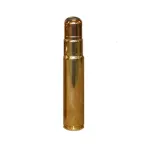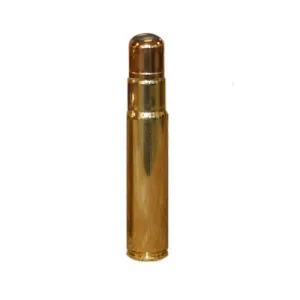
You're stuck in the savanna, face to face with a full-grown, rampaging adult male African Elephant on the verge of mowing you down. At that moment, you only want to be with one friend: a .577 T-Rex loaded into your bolt-action rifle.
This heavy hitter, sarcastically reported being more than enough to put down the tyrannosaurus rex after which it was called, maybe the only way you live to tell your grandkids about your terrible encounter with Savanna's bull. Let us examine the properties of this 'stopping rifle' cartridge to understand what makes it such a weighty and powerful companion when confronted with big game.
The .577 Tyrannosaur (.577 T-rex) cartridge was developed by the ammunition company A-square in 1993. It was built to be the big hitter that it is, with the primary goal of safeguarding visitors and clients in wildlife parks from dangerous charging animals. The ammo was distributed to the professional tour guides who led these guests.
What are the features?
The .577 T-rex bullet is 0.58inches (14.9mm) in diameter, 750-grain (49g), and is housed in a rimless bottleneck-shaped cartridge with a length of 3inches (75.9mm) and a diameter of 0.68inches (17.5mm). The ammunition travels somewhat slower than normal rounds, but the energy imparted to the target on contact is enormous. When fired, the bullet traveled at a speed of 2,460ft/s (750m/s), delivering an astounding muzzle energy of 10,180-foot-pounds of force (13,800J).
The ballistics of this cartridge, however, comes at a cost in the form of the tremendous recoil generated by discharging the .577. The Tyrannosaur ammunition has the heaviest free recoil of all, with a recoil of 220 pounds into the shoulder. Perhaps this is why many individuals are afraid to use this ammunition, because of the immense recoil that many people find themselves unable to control.
When it comes to hunting, the .577 Tyrannosaur excels in close range and medium-range accuracy at the expense of long-range accuracy, as it was designed for use as a last resort to halt dangerously charging animals.
A rifle capable of firing this cartridge must weigh at least ten pounds. The Hannibal sports rifle is the best gun for the .577 Tyrannosaur. The ammunition costs $60-$100 (pre-Covid), while the Hannibal rifle costs $4000.





